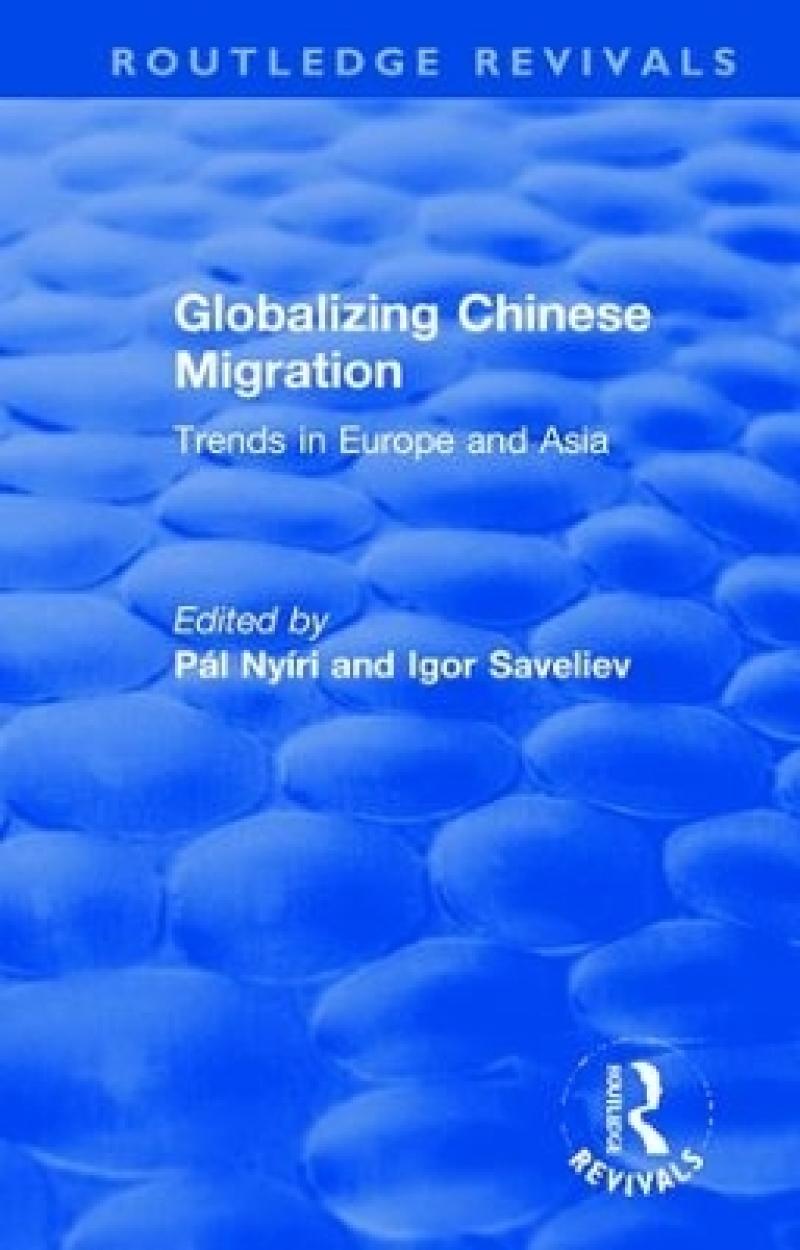’The Chinese have created a global migrant network and we know much about Chinese communities in North America and Australasia and the history of their migrations into Southeast Asia. We know less, however, about the Chinese in other parts of the world, and particularly about their contemporary migrations. This book provides valuable information about the most recent and often irregular movements to Southeast Asia and gives insight into Chinese migrants in Russia, Japan and western European destinations. The book provides an essential comparative perspective for students of the Chinese Overseas and significant insight into Chinese migration in less well-known destinations.’ Ronald Skeldon, Professorial Fellow, University of Sussex, UK and Honorary Professor, City University, Hong Kong ’This book of essays describes the new wave of migration from China in the last quarter of the twentieth century. One of the editors, Pál NyÃri, is an established expert on Chinese migration. The book shows how local migrant flows within China spilled over in the 1990s onto the global scene, bringing legal and illegal Chinese settlers - described in the essays as new migrants - to countries of Europe and Asia not previously, or long not, the target of Chinese immigration on such a scale. In analysing the Chinese state’s role in this migration, the authors dismiss as fiction the theory (sometimes advanced by hostile and racist foreign observers) that Chinese authorities are intent on using mass emigration as an expansionist tool. They go on to explain that migrants who might, in earlier times, have been reviled as traitors and absconders are today more likely to be viewed by sections of the Chinese state bureaucracy as patriots who remain part of China’s polity and economy and contribute to its standing overseas. Some senior officials, however, particularly diplomats, stress the harm done by new migrants, both to China’s economy (which loses assets as a resu
